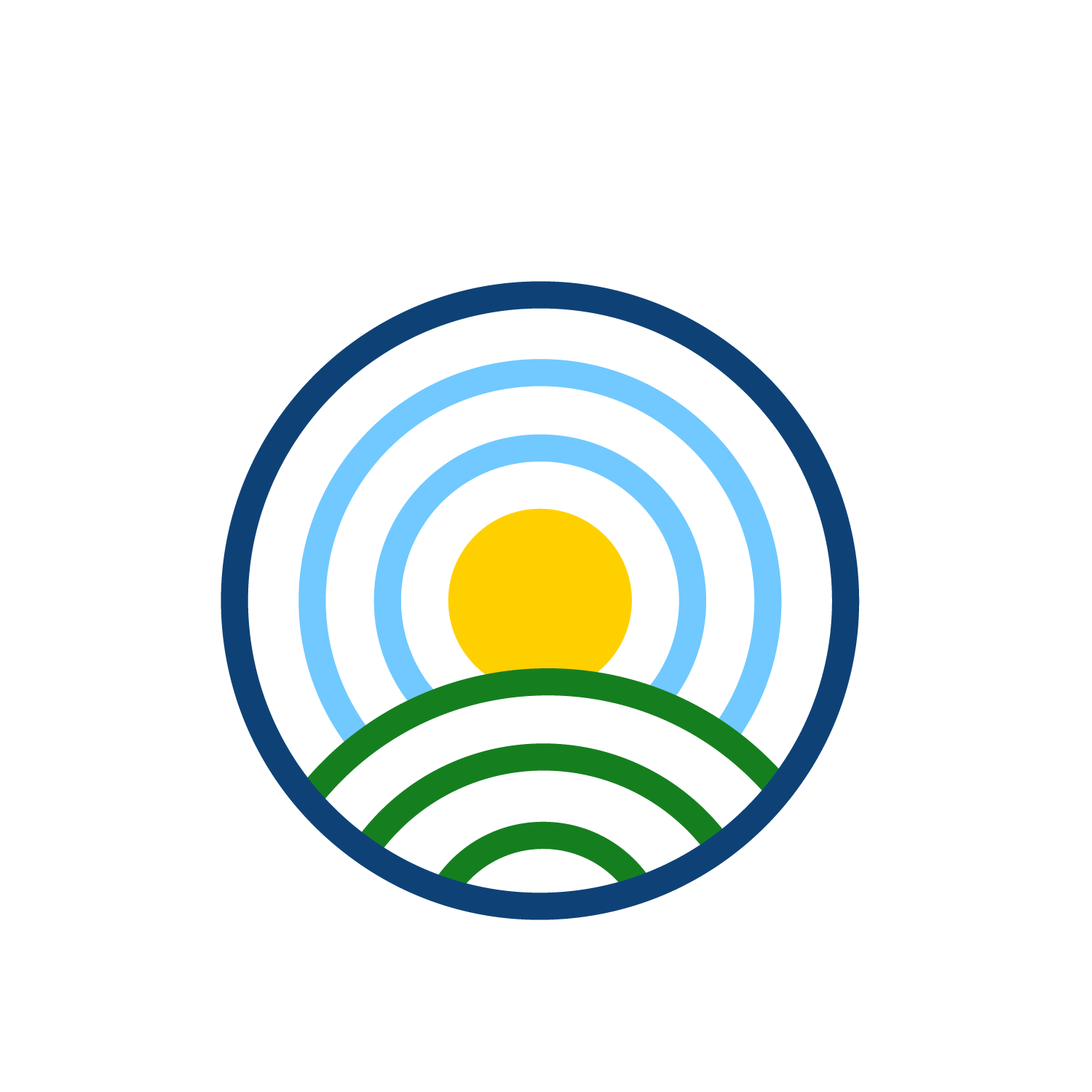About
Clean Air Day

Clean Air Day is a movement in order to help mobilize and enable people and organizations to act on air pollution and ensure their voice is heard
To breathe clean air every day we need to make rapid changes in the way we all impact the air we breath. To see change at this scale requires us to work as a movement, with changemakers across the country modeling that change, and exerting pressure on the government and major polluters.
Air pollution causes heart and lung disease and results in over 15,300 people in Canada dying each year. Clean air is essential for our health, and the co-benefits of clean air measures are also good for our well-being as well as being good for the planet.

The First Clean Air Day
In 1999, Canada declared Clean Air Day an annual celebration during Canadian Environment Week. Since then the first Wednesday of June is nationally recognized as Clean Air Day. An opportunity for all Canadians to celebrate the air we breathe and how important clean air is for all Canadians.
Why Celebrate Clean Air Day?
Canada’s air quality is consistently ranked among the cleanest in the world, according to the World Health Organization. This is largely due to federal, provincial and territorial governments working together to reduce air pollution from vehicles, power plants, and industries across the country.
Today, air pollution is a leading environmental cause of death and illness in Canada, resulting in an estimated 15,300 deaths a year, with an economic value of $120 billion annually.
We need to help celebrate the clean air we have while working collectively together to protect it for generations to come.

Our Mission
Is to bring together communities, businesses, government, educators, and the health sector.
To help celibate and work together to:
- Improve public understanding of air pollution, both indoors and outdoors.
- Build awareness of how air pollution affects our health.
-
We want to help give some easy examples of things we can all do to tackle air pollution. Helping to protect the environment and our health.

History Of Clean Air In Canada
1969
Establishment of National Air Pollution Surveillance (NAPS):
NAPS was established in 1969 to monitor and assess the quality of ambient (outdoor) air in the populated regions of Canada.
The goal of the program is to provide accurate and long-term air quality data of a uniform standard across Canada.
NAPS is managed using a cooperative agreement among the provinces, territories and some municipal governments. In 1969, eight provinces — Nova Scotia, New Brunswick, Quebec, Ontario, Manitoba, Saskatchewan, Alberta and British Columbia — joined the program. In the first annual data report 36 monitoring sites reported to the Canada-wide database. Today there are 286 sites in 203 communities located in every province and territory.
1971
The Clean Air Act came into force to promote a consistent approach to managing air pollution across Canada.
1973
The Environmental Assessment and Review Process was introduced to ensure that new federal projects and activities were evaluated early in the planning process for potential negative environmental effects.
1979
Canada signed the Convention on Long-Range Transboundary Air Pollution. It was the first international agreement to recognize and reduce cross-border air pollution as a contributing factor to acid rain. The Convention’s geographic scope spans from the Russian Federation in the east, to Canada and the United States in the west.
1988
The Canadian Environmental Protection Act (CEPA) is proclaimed. The Act superseded the Environmental Contaminants Act and subsumed the Clean Air Act, the Ocean Dumping Control Act, part of the Canada Water Act, and part of the Department of the Environment Act. These changes reflected the need for a comprehensive approach for dealing with protection of human health and the environment.
1991
The Northern Contaminants program was created to address long range air deposition on northern environments and support environmental action in the North involving northern communities and governments.
1999
The Canadian Environmental Protection Act 1999 (CEPA 1999) was passed. Pollution prevention became the cornerstone of the Act with new authorities to conduct studies, increase transparency and allow greater citizen participation. The Act also included a more rigorous process to assess and manage substances and new powers to regulate vehicle, engine and equipment emissions. The CEPA Environmental Registry was launched in March 2000.
1999
The first Clean Air Day in Canada was in 1999, when the Government of Canada declared: clean air to be a federal priority. acknowledged clean air’s importance to the wellbeing of the Canadian people. that they recognized that air pollution and greenhouses were harmful.
2010
Canada’s first greenhouse gas (GHG) emissions vehicle regulations, the Passenger Automobile and Light Truck Greenhouse Gas Emission Regulations are published, requiring vehicle manufacturers and importers to meet average GHG emission standards.
2012
In Canada, federal, provincial, territorial, and municipal governments have shared jurisdiction in addressing air quality.
The Government of Canada works with provincial and territorial governments to implement the Air Quality Management System (AQMS) to address air pollution by setting stronger standards to improve outdoor air quality and protect the health of Canadians and their environment.
The AQMS includes Canadian Ambient Air Quality Standards (CAAQS) to drive local air quality improvements, industrial emissions requirements, provincial air zones and interprovincial airsheds, and reporting to Canadians.
2018
The Greenhouse Gas Pollution Pricing Act, the federal carbon pollution pricing system, came into force providing a federal backstop for provinces or territories that request it or fail to implement their own system consistent with federal standards.
Canada announced final regulations to phase-out traditional coal-fired electricity by 2030. Canada also published final greenhouse gas regulations for natural gas-fired electricity. By phasing out coal-fired electricity early, Canada strives to have 90 per cent of electricity from non-emitting sources by 2030.



